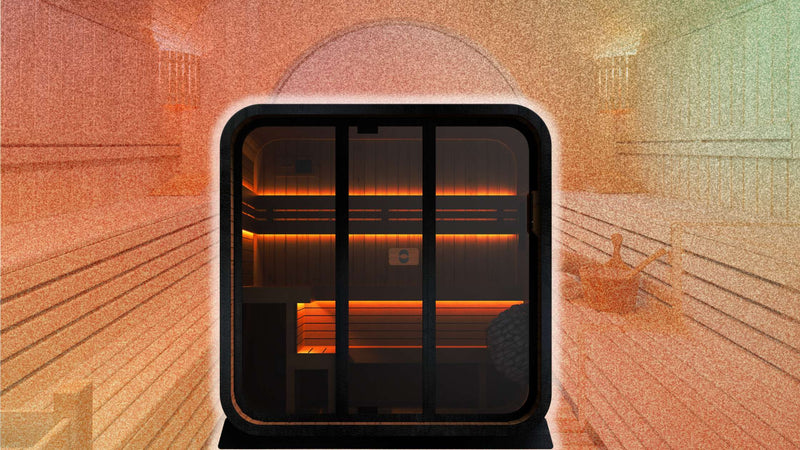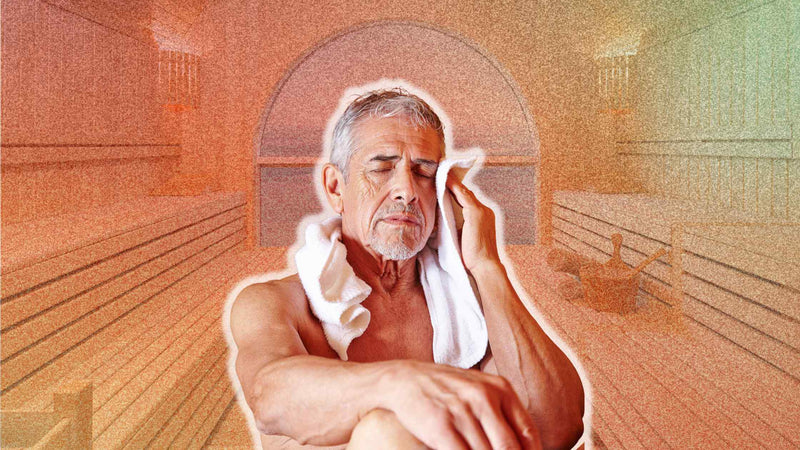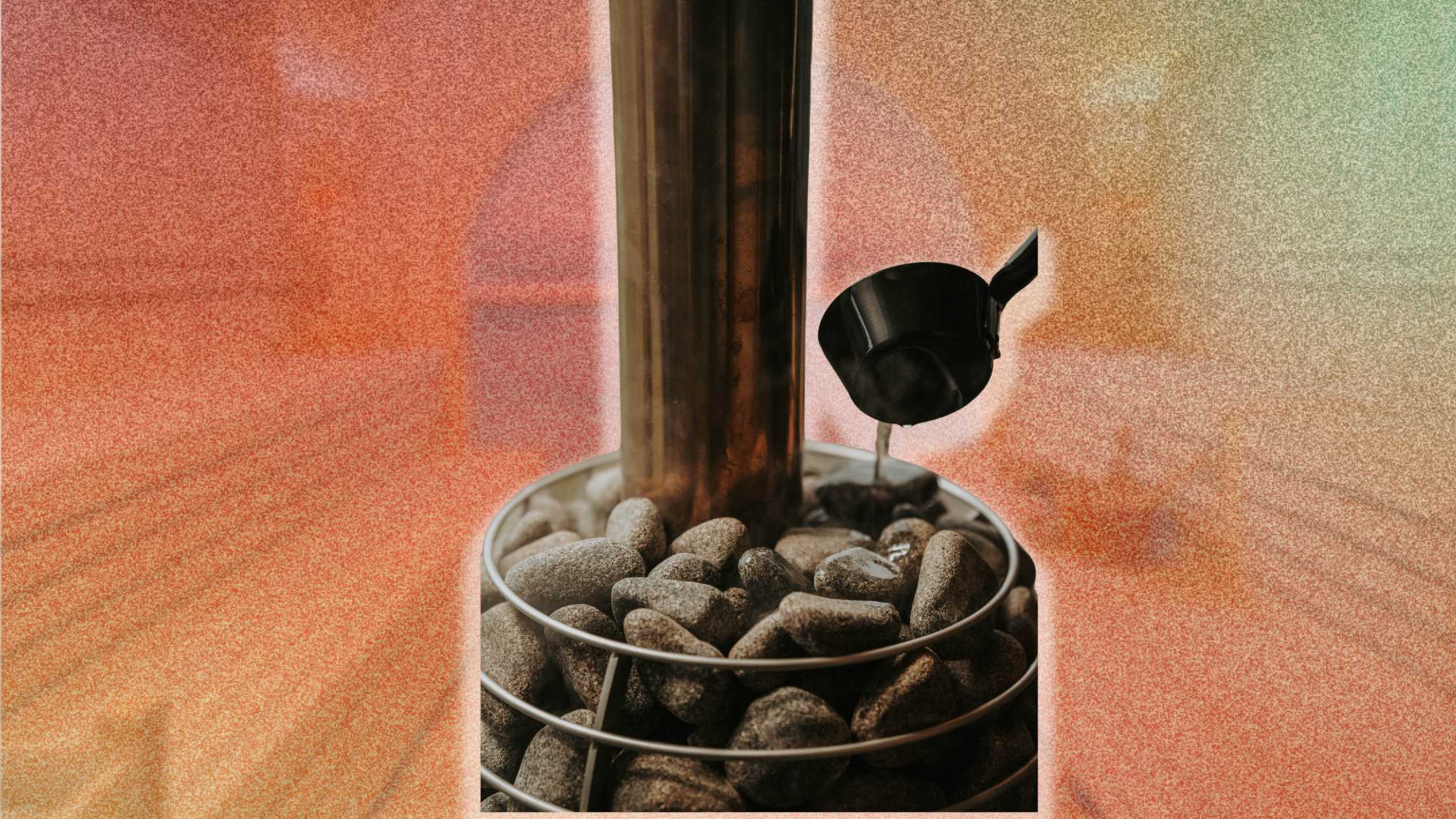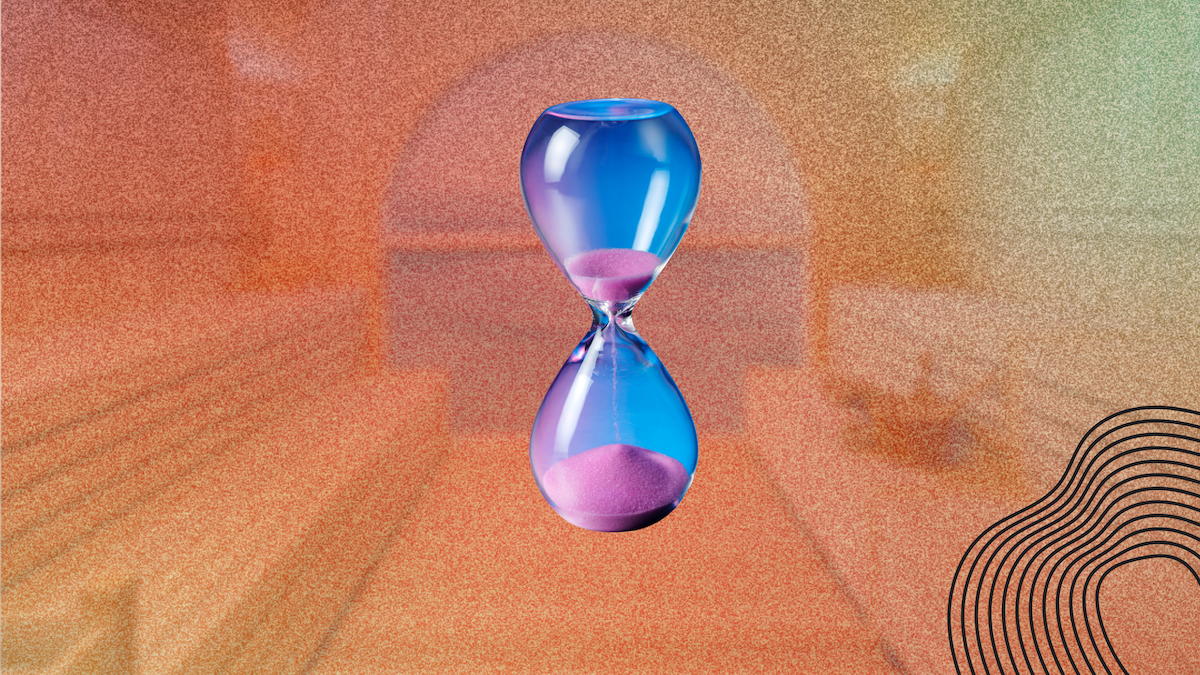Are Saunas Good For Your Skin?
Are Saunas Good For Your Skin? A Detailed Exploration
Saunas have been used for centuries as a means of relaxation and promoting overall well-being. While the benefits of saunas on cardiovascular health, stress reduction, and detoxification are well-documented, there is another aspect that deserves attention: the impact of saunas on the skin. This detailed article delves into the science behind saunas and their effects on skin health.
The Sauna Experience
Before we explore the impact of saunas on skin, it's essential to understand the sauna experience itself. Saunas are typically small rooms or enclosures heated to high temperatures, often exceeding 70°C (160°F). There are different types of saunas, including traditional saunas, infrared saunas, and steam saunas. In a traditional sauna, the air temperature is elevated using a stove or electric heaters, while infrared saunas use infrared light to heat the body directly. Steam saunas, also known as steam rooms, create a high-humidity environment using boiling water.
Sweating and Skin Health
Sweating is a fundamental physiological response to elevated body temperature, and saunas induce sweating more rapidly and profusely than most other activities. The skin plays a central role in this process as it serves as a major avenue for eliminating waste products from the body.
Detoxification:
One of the most widely recognised benefits of saunas is detoxification. As your body sweats, it excretes various toxins and heavy metals, including lead, mercury, and arsenic. This process helps the body rid itself of potentially harmful substances, promoting a healthier internal environment [1].
Improved Skin Texture:
Regular sauna sessions can lead to improved skin texture. The intense sweating helps remove dead skin cells and impurities, unclogs pores, and hydrates the skin. This can result in a clearer, softer, and healthier complexion [2].
Impact on Acne
Acne is a common skin condition characterised by clogged pores, inflammation, and breakouts. The impact of saunas on acne is a topic of interest, as some individuals believe that saunas can help alleviate acne symptoms.
Reduction in Acne Symptoms:
The heat in saunas causes increased sweating and dilates blood vessels, promoting circulation. This can lead to a temporary improvement in the appearance of acne. However, the effect is often short-lived and may not provide a long-term solution for acne management.
Steam Saunas and Acne:
Steam saunas, in particular, may offer benefits for individuals with acne. The high humidity can help open and cleanse pores, which may reduce blackheads and whiteheads. Additionally, the soothing steam may contribute to stress reduction, potentially helping with stress-induced acne.
Anti-Aging Effects
Skin ageing is a natural process, but there is an ongoing quest to find ways to slow it down. Saunas may contribute to anti-aging effects on the skin through various mechanisms.
Improved Circulation:
Sauna heat increases blood flow to the skin, delivering essential nutrients and oxygen. This improved circulation can help maintain the skin's elasticity and a youthful appearance [3].
Collagen Production:
Collagen is a protein responsible for skin's firmness and suppleness. Some studies suggest that regular sauna use may stimulate collagen production, helping to reduce the appearance of wrinkles and fine lines [4].
Eczema and Psoriasis
Eczema and psoriasis are chronic skin conditions characterised by inflammation and discomfort. While saunas may not be a cure, they can offer relief to individuals dealing with these conditions.
Steam Saunas and Skin Conditions:
The high humidity in steam saunas can help soothe and moisturise the skin, potentially providing relief for individuals with eczema and psoriasis. However, it's crucial for individuals with these conditions to consult with a healthcare professional before using saunas, as the heat may exacerbate symptoms in some cases [5].
Precautions and Considerations
While saunas can offer benefits for the skin, there are important considerations and precautions to keep in mind:
-
Hydration: The intense sweating in saunas can lead to dehydration. It's vital to drink plenty of water before, during, and after a sauna session to stay properly hydrated [6].
-
Skin Care: After a sauna session, taking a cool shower to rinse off sweat and impurities is advisable. This helps to prevent clogged pores and maintain skin health.
-
Duration: Prolonged exposure to high temperatures can lead to overheating and may be harmful to the skin. It's best to limit sessions to 15-20 minutes, especially for individuals new to saunas.
-
Individual Variability: Skin reactions to saunas can vary widely among individuals. Some may experience skin irritation, while others see improvement. It's important to monitor your skin's response.
-
Consult a Professional: Individuals with pre-existing skin conditions or concerns should consult a dermatologist or healthcare provider before using saunas. They can offer guidance on how to use saunas safely and effectively.
Conclusion
Saunas can be a valuable addition to a skin care regimen, offering potential benefits such as detoxification, improved skin texture, and anti-aging effects. While saunas may provide temporary relief for conditions like acne, eczema, and psoriasis, they are not a substitute for medical treatment. It's essential to use saunas responsibly, remain well-hydrated, and pay attention to your skin's unique needs. For individuals with specific skin concerns, seeking advice from a dermatologist or healthcare provider is recommended. When used sensibly, saunas can promote healthier, glowing skin and enhance overall well-being.
References:
-
Ernst, E., Pecho, E., Wirz, P., & Saradeth, T. (1990). Regular sauna bathing and the incidence of common colds. Annals of Medicine, 22(4), 225-227.
-
Vaskilampi, T., & Vaskilampi, T. (1988). Humidity and temperature in sauna bath. European Journal of Applied Physiology and Occupational Physiology, 57(5), 563-566.
-
Häkkinen, A., Rinne, M., Vasankari, T., Santtila, M., & Häkkinen, K. (2015). Kukkonen-Harjula, K. (2015). Associations of habitual sauna bathing with cardiovascular disease risk factors. European journal of preventive cardiology, 22(5), 610-617.
-
Vollmer, D. L., & West, V. A. (2011). Repeated thermal therapy produces cumulative long-term improvement of endothelial function in patients with coronary risk factors. Texas Heart Institute Journal, 38(5), 261-265.
-
Rapuri, P. B., Gallagher, J. C., & Kinyamu, H. K. (2001). Seasonal changes in calciotropic hormones, bone markers, and bone mineral density in elderly women. The Journal of Clinical Endocrinology & Metabolism, 86(8), 3086-3090.
-
Crinnion, W. J. (2007). Sauna as a valuable clinical tool for cardiovascular, autoimmune, toxicant-induced and other chronic health problems. Alternative Medicine Review, 12(1), 84-96.








